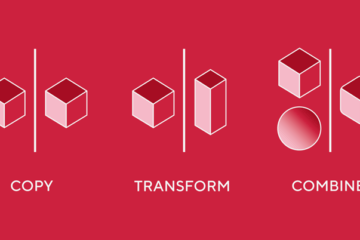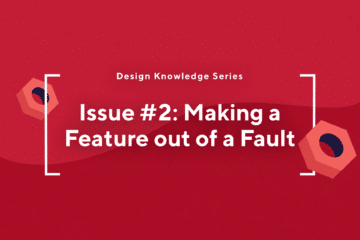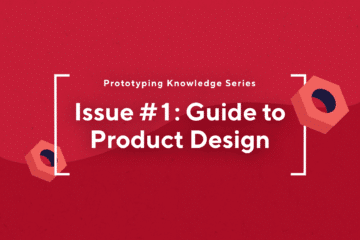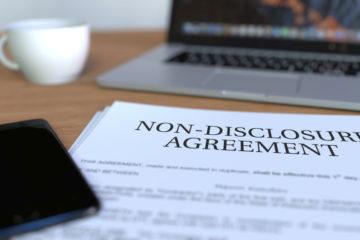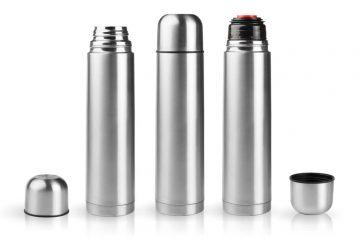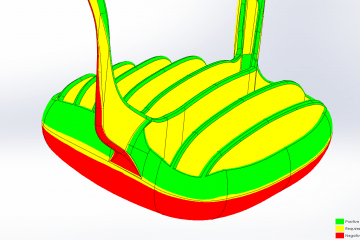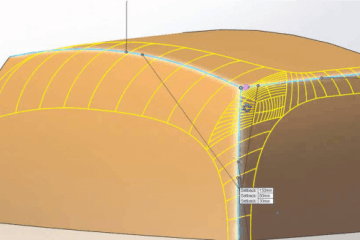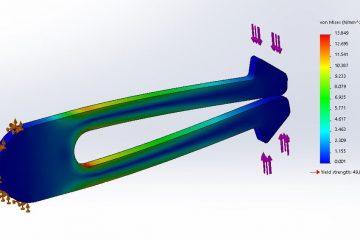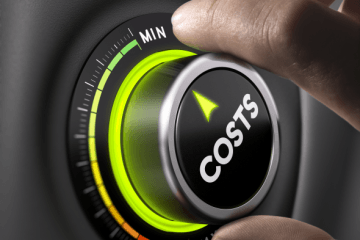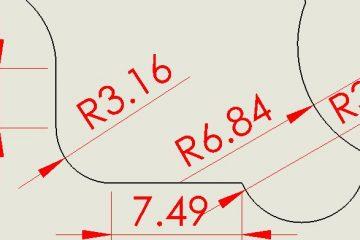
A Non-Disclosure Agreement is a contract employed by individuals and companies to protect inventions, designs and other materials that are deemed to be confidential.
In simple terms, when you sign an NDA, it is the legal equivalent of having to keep a secret. However, if you violate an NDA, the associated consequences are more severe than if you were to breach a verbal agreement.
NDAs help businesses to protect entities such as trade secrets, new product plans and private client information.
To help you better understand the use and benefits of a Non-Disclosure Agreement, this article will address when to employ an NDA and the key terms that agreement must include.
When Should You Employ a Non-Disclosure Agreement?
There are countless situations in which it may be appropriate to employ a Non-Disclosure Agreement. Most commonly, a situation occurs when you want to convey a valuable piece of information about your business or an idea, but also want to ensure that your competition isn’t able to steal or use your information.
Here are some industries and individuals that commonly employ Non-Disclosure Agreements:
– Entrepreneurs
– IT Companies
– Creative Agencies
– Inventors
– Scientific Researchers
– PR Organisations
– Media Businesses
Furthermore, here are some potential situations in which you may want to employ a Non-Disclosure Agreement:
– Presenting an invention or business idea to a potential partner or investor
– Sharing your businesses financial and marketing information with a prospective buyer
– Demonstrating a new product or piece of technology to a prospective buyer
– Services performed by a new client in which they assist with marketing campaigns, selling merchandise or collecting data
– Granting employees access to confidential and sensitive information during the length of their employment
Non-Disclosure Agreements don’t make much sense if you’re a start-up company trying to raise funding because many venture capital investors will not sign an NDA. If you’re looking to protect your start-up’s invention or business idea, we suggest employing a patent.
The Key Elements of a Non-Disclosure Agreement
It is typically assumed that Non-Disclosure Agreements are lengthy, complex documents. However, a good NDA usually doesn’t range more than a few pages.
The key elements of Non-Disclosure Agreements:
– Defining the Parties – This section needs to name the parties engaging in the agreement in the form of the disclosing party (party sharing the confidential information) and the recipient (party receiving the confidential information).
– Defining Confidential Information – This section needs to define what information is considered to be confidential.
– Scope of the Confidential Information – This section determines the purposes for which the confidential information in the NDA is to be used.
– Exclusions from Confidentiality Agreement – This section needs to address specific exclusions from the treatment of confidentiality. This includes scenarios under which it would be too burdensome for the recipient to keep the information confidential.
– Term of the Agreement – This section needs to address how long the terms of the agreement are valid for.
The Benefits of Employing a Non-Disclosure Agreement
Here are three key benefits of employing a Non-Disclosure Agreement:
– Defines Confidentiality – An NDA is a document that clearly defines what business or individual information is to be treated as confidential.
– Protects Information – An NDA assures confidentiality of a limitless amount of information addressed in the document.
– Reimburses Damages – AN NDA is legally binding and therefore, cannot be violated. If the other party engaged in the NDA discloses any private information or breaches the contract, then you hold the right to sue and hold them accountable for damages.
Subscribe to Our Newsletter
Get the latest news from Dienamics into your inbox













































